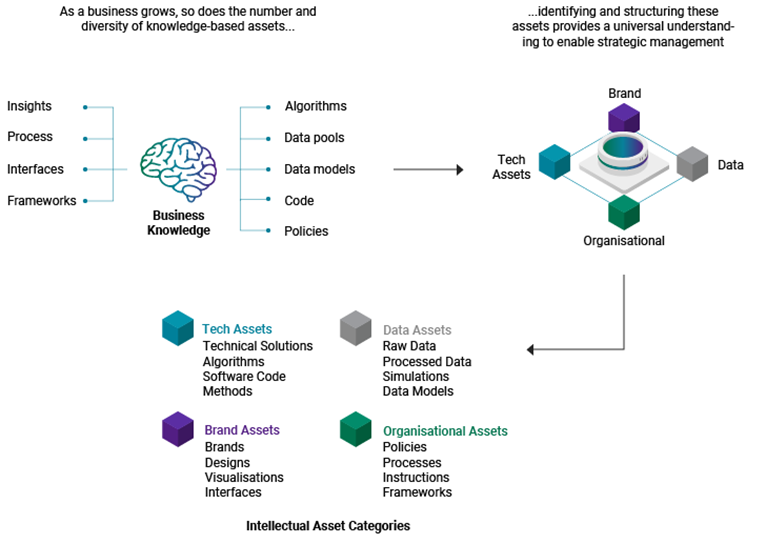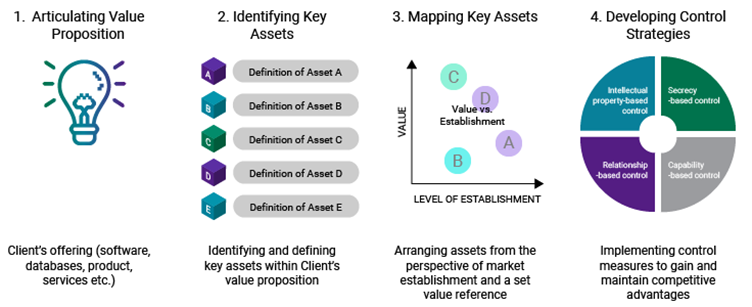Raising valuable funds for your business is difficult and will only become tougher. A combination of geopolitical instability, macroeconomic headwinds, and a drying up of IPOs and acquisitions is making investors ever more cautious. According to a KPMG report, in Q4 2023 global VC investment dropped to $74.9 billion, a significant drop from $85.4 billion in Q4 2022. This represented a 12.4% decline in quarter-over-quarter investment. UK VC investment fared even worse in this quarter-over-quarter period, declining by 21.3% from $6.1bn (Q4 2022) to $4.8bn (Q4 2023) (KMPG Venture Pulse Report).
So how can you obtain financing for your business and do so on better terms?
Fundraising is challenging when investors see your business in competition against others in the market. They are reluctant to invest if it appears you have competition marketing a solution almost identical to yours.
As a scale-up, you must be able to clearly articulate your unique value proposition and the competitive advantage you hold over the market. In addition, you need to be able to explain what that competitive advantage is built on and why it is sustainable. Without sufficient control over your own assets and ways to prevent competitors from replicating them, your advantage will simply leak away. And so will the value in your company.
If investors can’t be convinced that your advantage is sustainable, you will struggle to raise financing on good terms or at all.
Just like most businesses today, much of the value in your business is likely to reside in intangible assets. Your business will have many intangible assets, in many different forms, for example, user interfaces, software code, processes, algorithms, data models and your brand. And as your business has grown, so has the number and diversity of these assets. Without understanding what those assets are and how they relate to your competitive advantage, you won’t be able to convince investors you can manage your assets in a way that drives value for your business nor sufficiently control them to consolidate your position in the market.
Figure 1: Identifying and Structuring Intellectual Assets Is Key To Their Management

Through identifying, organising, and evaluating your key assets, you will be empowered in the knowledge of which are the most valuable in providing your business’s competitive advantage. Once you know where the value resides, you can and indeed must build a strategy for managing and effectively controlling these key assets to maximise their benefits and prevent others from unfairly exploiting them. These control mechanisms include not just IP rights, but also a range of other legal and practical ways to protect value.
Altogether, a better understanding and articulation of your business’s assets means you are more likely to prove to investors why your business has sustainable value worthy of investment. Supporting value and reducing risk, you will be better placed to raise more capital on better terms.
Figure 2 - Deconstructing a value proposition & building a strategic map
